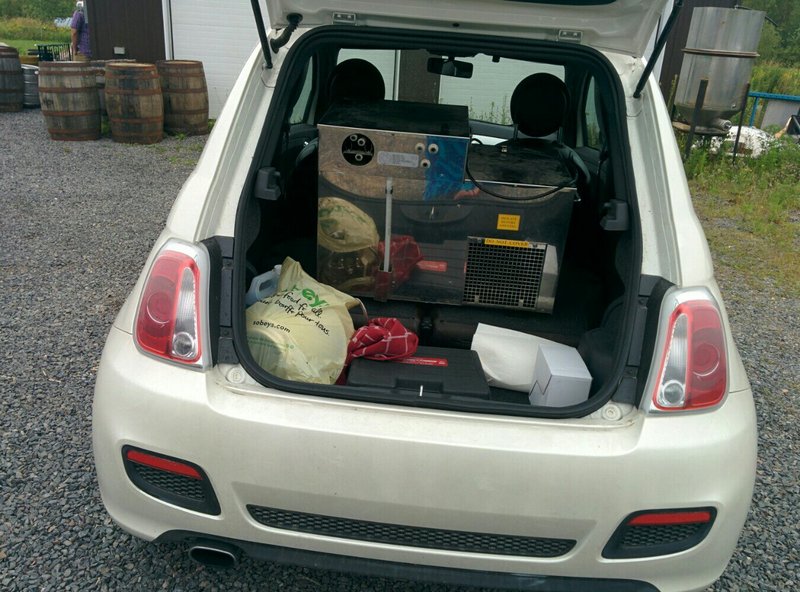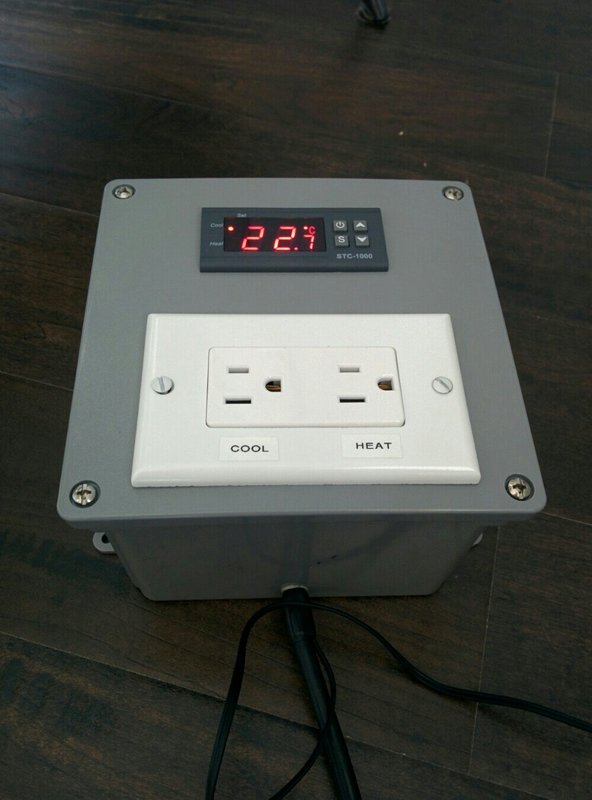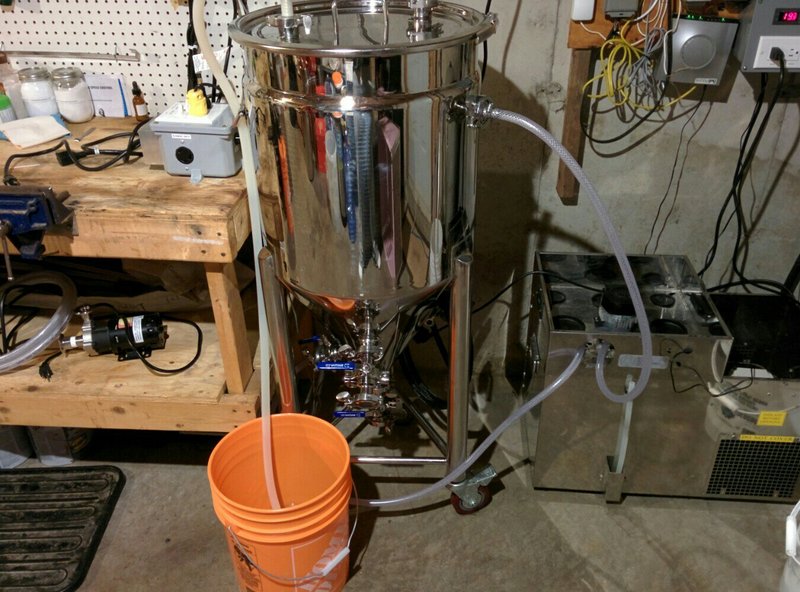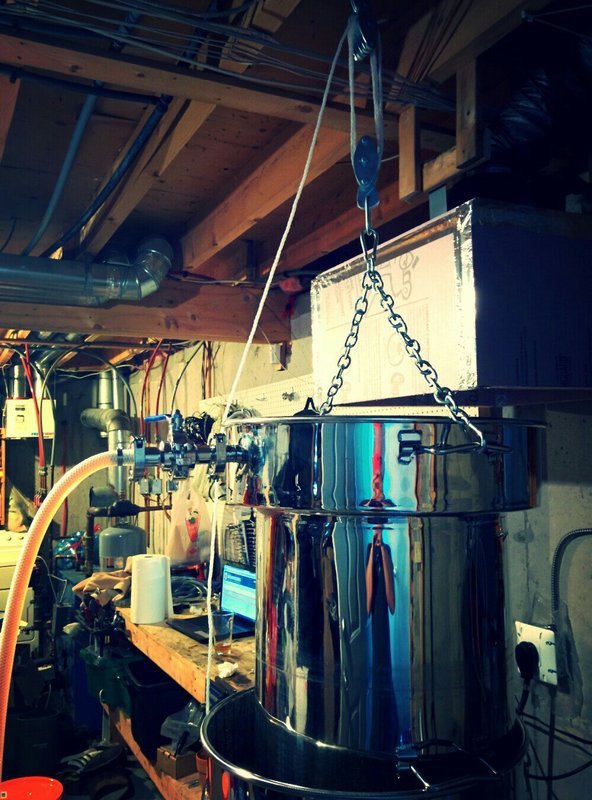Hello everyone.
I'm almost on the point of placing an order for the BIAC set-up, but there's an issue regarding temperature control that I need to resolve first of all.
Where I brew the ambient temperature might be above or below the required fermentation temperature during different parts of the day. At the moment I use a freezer with a heater in it so I can heat or cool (via an STC 1000 controller) as required. The BIAC fermentor won't fit in my freezer (or my fridge) as I'm told that I need a 50cm minimum width/depth. I could either look out for a bigger fridge that could house the conical, or employ a method of heating or cooling using the jacket (which is partly what it was designed for anyway).
Does anybody have a set-up, or is planning on having one, that enables you to heat or cool at any given time? If so, how exactly is this done? From what I have read in this thread it seems that a closed-loop system utilising a water holding receptacle housing a heater and a cooler could be the way to go. How this is done is another matter, though. The requirements of an ETC and how many bits of associated equipment it is able to control (would need to be heating, cooling, pumping, opening and closing valves perhaps) is beyond my knowledge at the moment.
I'm conversing with Nathan at Brewha about this as well. He said a short while ago:
"if you are fermenting in a room that fluctuates, I can supply you a dual stage controller which has two female cords instead of one. It's temp probe sends power through one cord if the temp is below target (opening a valve or turning on a pump letting warm water into jacket), and the other cord if temp is above target (opening a valve or turning on a pump letting cool water into jacket). "
The bit missing above is the actual warming or cooling of the water itself and how this is part of the control procedure. I'll get back to him on this.
Anyway, if anyone has any suggestions on this I'd appreciate it.
Thanks,
Mark.










![Craft A Brew - Safale S-04 Dry Yeast - Fermentis - English Ale Dry Yeast - For English and American Ales and Hard Apple Ciders - Ingredients for Home Brewing - Beer Making Supplies - [1 Pack]](https://m.media-amazon.com/images/I/41fVGNh6JfL._SL500_.jpg)


















































